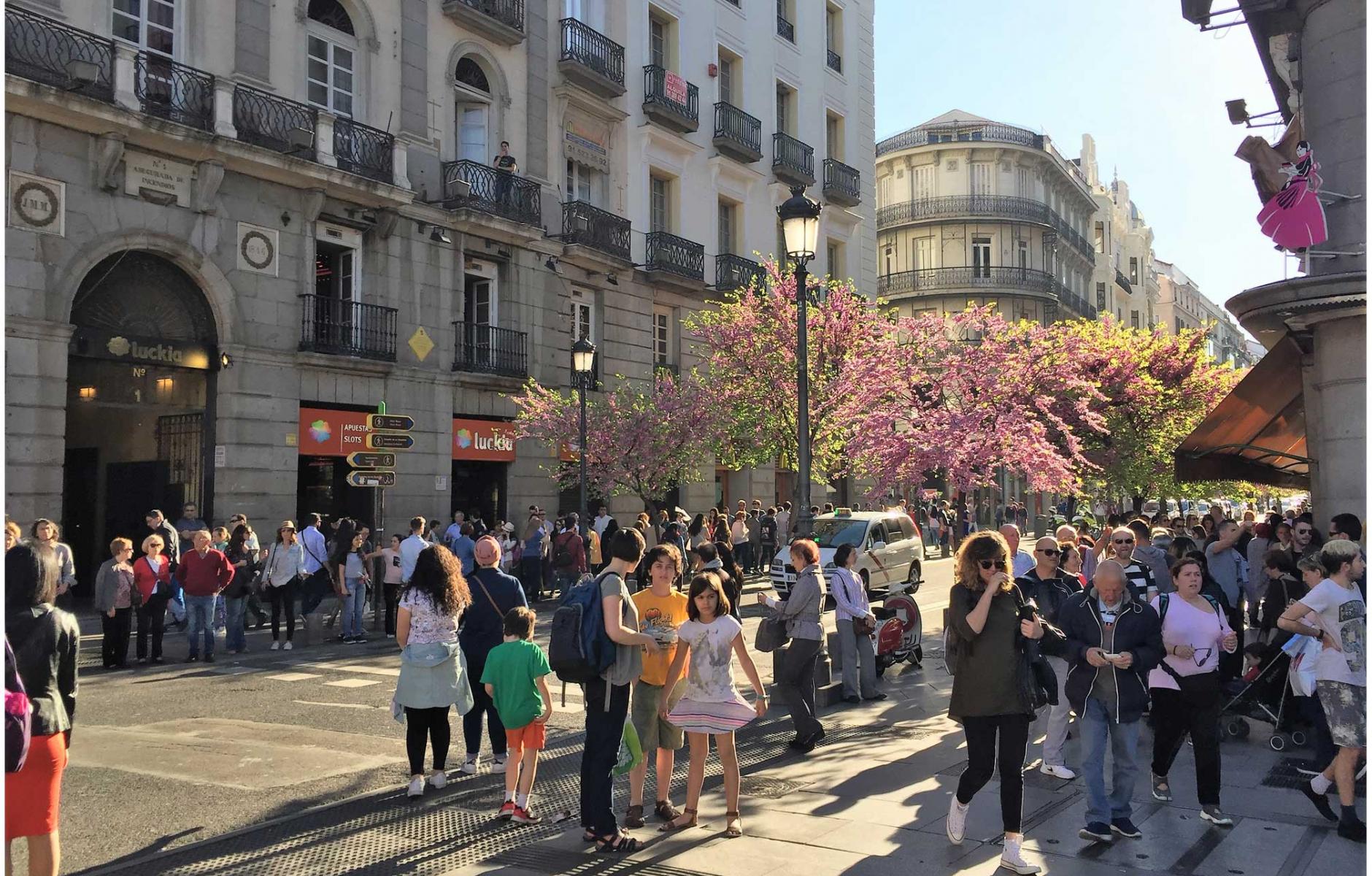
Time to move beyond the style wars
In order to move beyond the style wars that have plagued the debate between modernists and traditionalists for the last 75 years, I’d like to propose a humanist framing, one that prioritizes the public, on whose ground and in whose sight we build. This means architects have a greater responsibility to the common good when working in the public realm. Reinforcing the idea that people are the final arbiters of what is a good building establishes a baseline to which all architects are accountable.
By now the story of Modernism’s rise and the many takedowns of its failed promises are well known. Despite our best efforts, academia still clings to a dogma that rejects tradition and the lessons it has to offer. In the meantime, our built environment continues to be degraded by a disposable architecture with no sense of place. In the face of a rapidly urbanizing planet with dwindling resources, these lessons are all the more important if we want to build cities worth preserving.

I’d suggest we’re better off accepting modernism as just another style because that’s how the public views it. Even though polls show a majority prefer traditional architecture, there’s a sizable minority who don’t. This doesn’t mean abandoning the values we hold dear, but rather showing how they can raise all boats in the effort to build a humane and sustainable environment. Buildings, like people, have a responsibility to work together in the public realm. Reaffirming architecture’s traditional role in the service and for the pleasure of the public allows us to move beyond the politics of style and focus on what’s best for the user. After all, it’s hard to speak for the common good while crowing about the superiority of one’s favorite style.
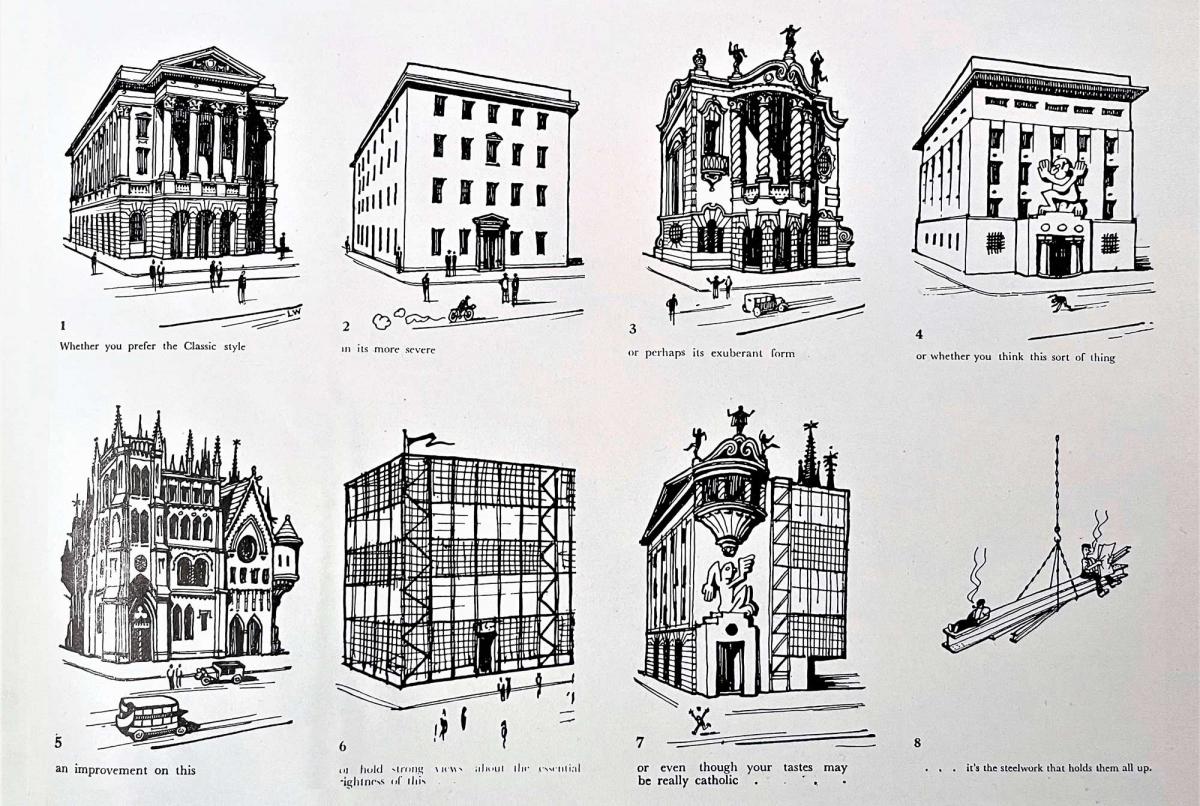
In order to move forward, we must first look back to when style was a matter of temperament. Classicism spread across Europe with its associations of Roman grandeur. While some architects strove for orthodoxy, others developed their own manner, coining the term mannerism. By the 18th century, Neo-Classicism sprang up in reaction to the excesses of the Baroque. Classicism’s lexicon continued to expand as archeologists uncovered new sources of inspiration. At the same time, globalization introduced foreign styles and ideas about beauty. As the economist Adam Smith noted, “In different climates and where different customs and ways of living take place ... different ideas of beauty prevail.” It soon became obvious that classicism wasn’t the only game in town. What began as a taste for the picturesque resulted in the revival of vernacular traditions. The asymmetry found in picturesque composition widened the range of harmonious beauty beyond the rules of Classicism. While the Beaux Arts academies were based on Vitruvian principles, their graduates applied both methods of composition to a variety of building types. Whether one chose to imitate, emulate, or invent mattered less than how well they could design. Eclecticism was the natural result of the middle classes’ appetite for beauty and status. As the French philosopher Stendhal said, “There are as many styles of beauty as there are visions of happiness.”
The democratization of taste led some to think that architecture had become too commercialized, and style an interchangeable garment reliant on fashion. With the increased availability of pattern books and the invention of photography, architects could now draw from a variety of styles, yet this orgy of beauty didn’t sit well with everybody. Reformers such as Pugin and Le-Duc articulated a rationalist theory of architecture based on structural honesty while others emphasized social issues. As architects continued to offer new visions of beauty, the call for reform grew louder.
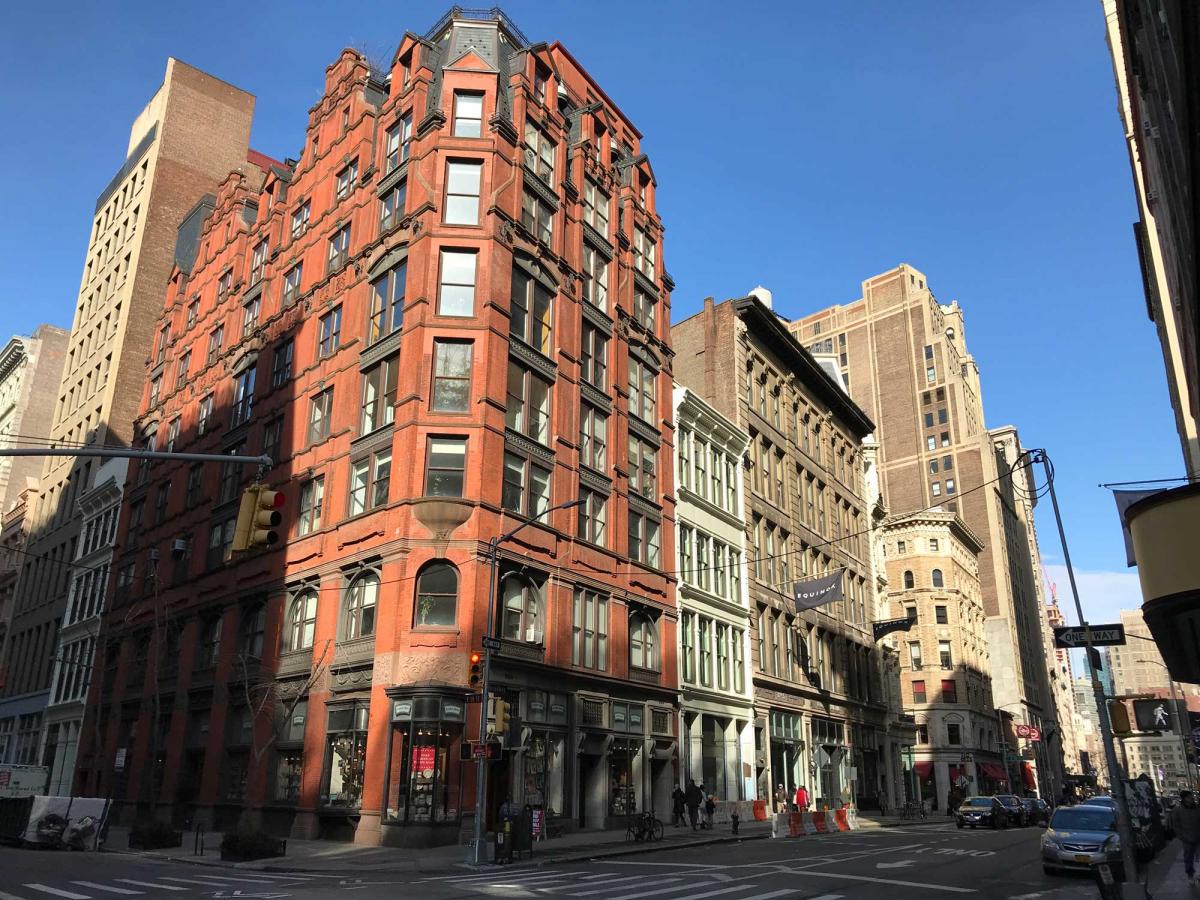
What started as a fringe movement before the First World War entered the mainstream of those countries who’d suffered the most. A new generation of architects sought a clean break from the past by embracing a functionalist ideology. With little work to be had, they wrote manifestos declaring abstract minimalism to be the only legitimate expression of modernity.
In America, the situation was the exact opposite. Architects had little time for social commentary and worker housing during the building boom of the Roaring Twenties. While European modernism occasionally appeared in periodicals, there was little appetite for its spartan aesthetic until the Great Depression. With the world economy in freefall, modernism’s emphasis on social and economic issues looked increasingly attractive to a young architect facing unemployment. There was only one problem. As the Museum of Modern Art explained for in their catalogue for their exhibition on the International Style, “This lack of ornament is one of the most difficult elements of the style for the layman.”
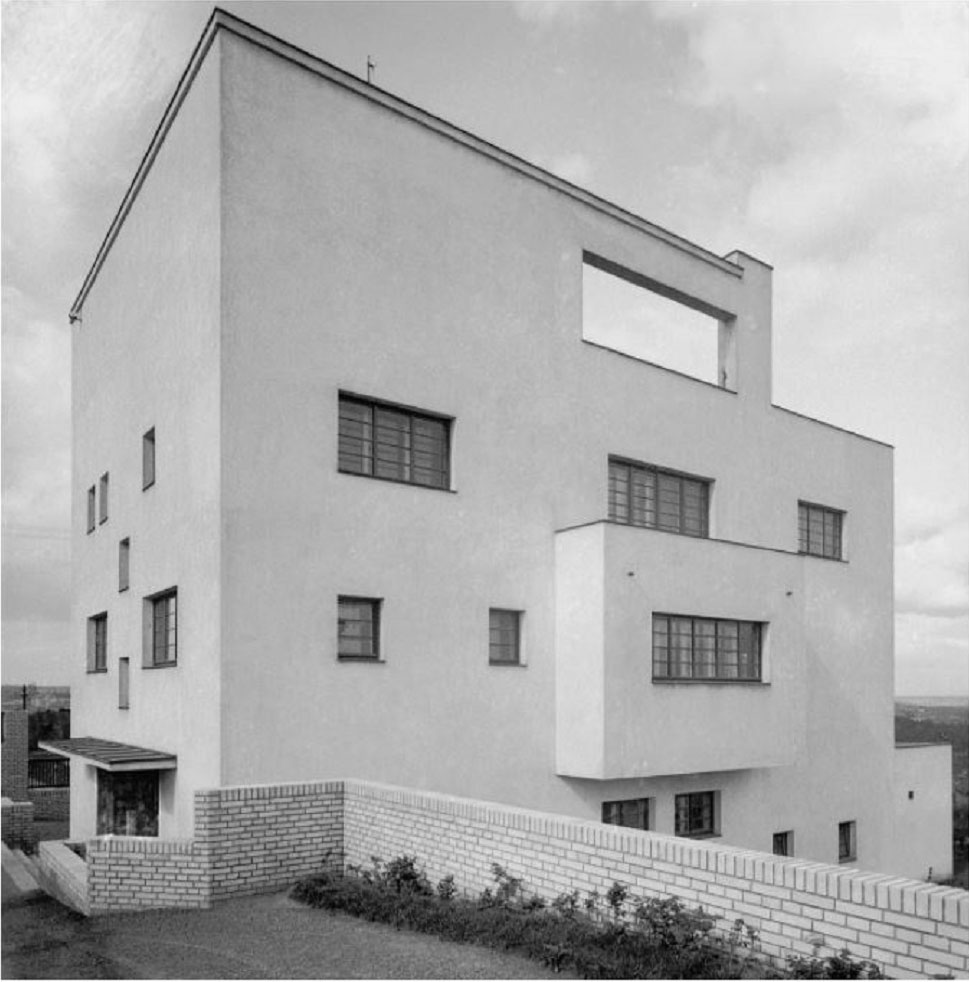
Today, the same cities which modernists railed against are some of our most beloved. So how could these places filled with pattern book architecture be so popular? The reason is simple; they were designed to please people as they are, and not as modernists wished them to be. Their ideology was based on a magical line in time where tradition ended and modernity began. Like their political counterparts, Modernists demanded a revolution which swept aside all other ideas. According to their argument, the introduction of steel frame construction had invalidated styles derived from load bearing masonry. This assumed architects in the past had been preoccupied with structural honesty, contrary to what they said and built. Take medieval timber frame construction that was plastered to look like stone; I doubt anyone who’s admired these buildings has ever thought they were being lied to. In order to move beyond this tired debate, we must look towards science. Just like the original humanists who embraced Classical empiricism, science now shows that human nature has been modern for thousands of years. It turns out, evolution does not track with technology.
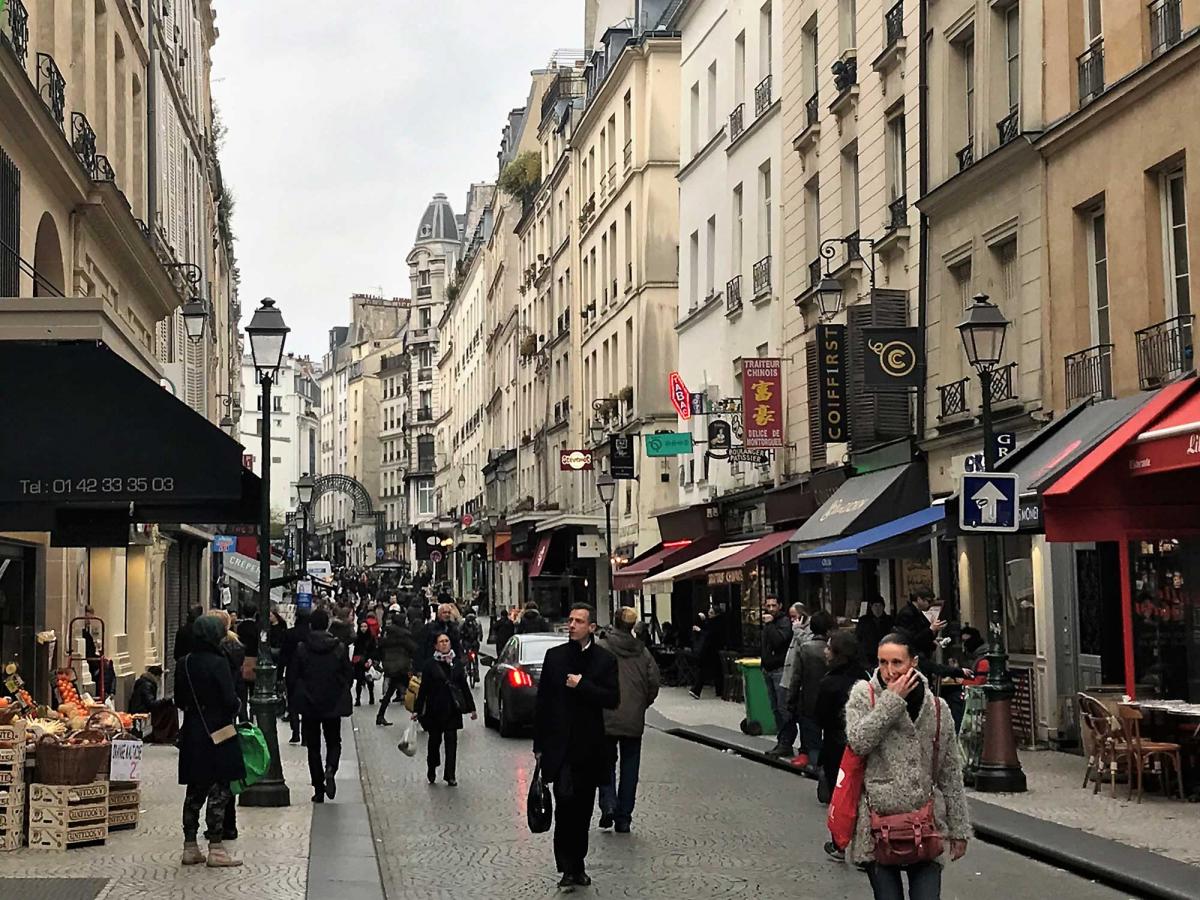
One of the reasons for the continued popularity of historic styles is their reliance on the physical laws and geometries that underlie our attraction to nature. Living things employ the same principles of harmonious beauty such as pattern, proportion, and balance to propagate life. As the environmental biologist E.O. Wilson wrote, beauty is “our word for the qualities that have contributed most to human survival.” Studies show the brain is most aroused by patterns which exhibit the same degree of complexity found in many traditional designs. Too much repetition results in monotony while too much variability causes us stress. These preferences are backed up by advances in neurology which show the inter-relationship between emotion and reason. Far from being distinct, emotions help us process large amounts of visual information quickly in order to determine whether something is good for us or not. This explains why we feel uncomfortable walking on streets with large blank walls and favor those with human scaled fabric. Elements such as vertical windows and ornament humanize a building while creating a friendly feeling because of its interest to the passerby.
Another reason for the popularity of traditional architecture has to do with a building’s emotional tone. Just as we make ourselves presentable when going out in public, historic styles evolved to do the same. This is especially true when one considers that up until recently, most of life happened in the public realm. Traditional architecture is a reflection of our humanity, with all our idiosyncrasies and our desire to be loved. As Henry Hope Reed said, “Man does not build for himself alone any more than he smiles for himself alone, the facade is designed out of respect to the beholder, a form of architectural courtesy to the man on the street.”This idea is all the more important when a context has a unique character. For those sites which stand alone or at the edge of town, a building has less reason to get along with others, but like any civil gathering, one must adjust their behavior for the greater good. Whatever else our clothes communicate, people will instinctively read the effort to make ourselves presentable. The urban planner Camillo Sitte put it best when he wrote, “Major plazas and thoroughfares should wear their Sunday best in order to be a pride and joy to their inhabitants.” This doesn’t discount the other readings architecture gives us, but as Schinkel said “Delight first, instruct second.”
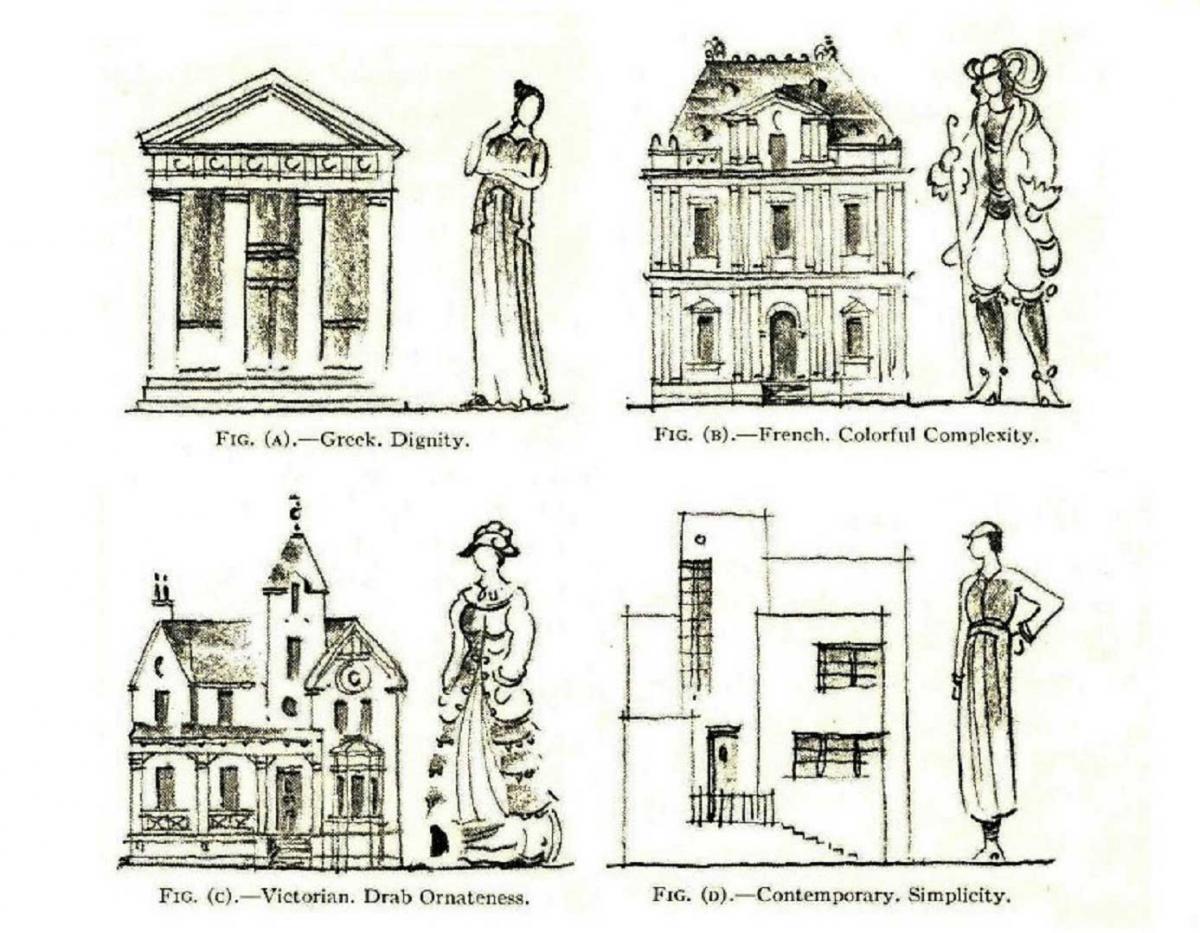
The traditional city is a city of facades, the quality of which affect our experience when walking down a street. As Alberti wrote, “The parts of a building most on display to the public deserve the most handsome treatment.” Throughout history, architects employed style as a means of producing a beautiful composition. The fact that eclectics drew from a variety of styles didn’t absolve them of the need to harmonize the parts any more than Renaissance architects who chose from the various fragments of antiquity. The value of traditional styles to urbanism is the sense of harmony they bring to a street, regardless of one’s skill as a designer. A well-known example is the Painted Ladies of San Francisco. Buildings that were once derided by fashionable architects of their day are now seen as a gift to the street.
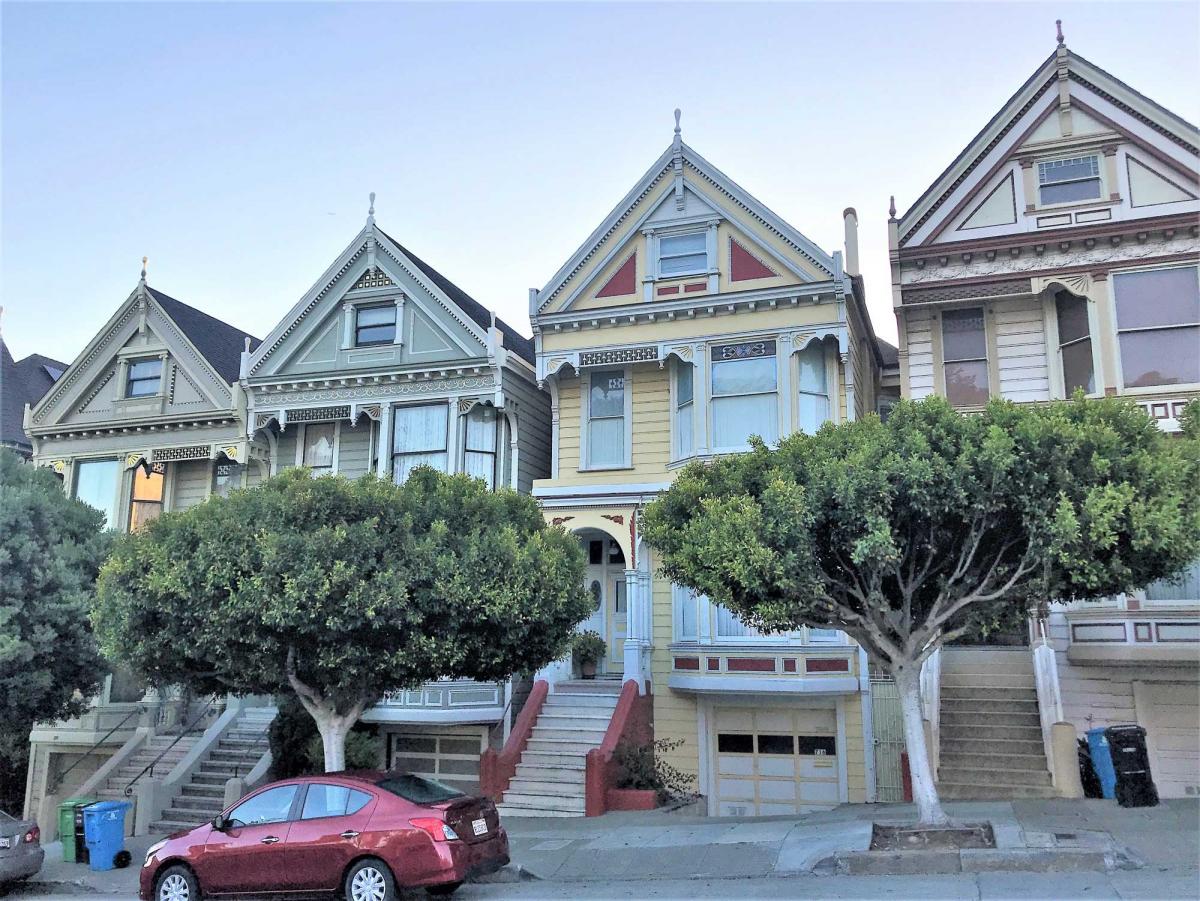
It was in a meeting with developers where the deficiencies of our educational system became fully apparent. I was told there was an unmet demand for architects who could design a well-composed building. Just because craftsmanship is out of reach for most people doesn’t mean we can’t have beauty. The problem is, we no longer teach the art of architecture, so students are not prepared to serve a public whose aesthetic sense has remained unchanged. As a result, we’re increasingly reliant on form-based codes to achieve what used to come naturally. Considering this need, it’s evident that the way we train our architects is failing them, and more importantly the communities they work in.
The key to change is reforming academia. This requires us to articulate a defense of traditional architecture based on human nature and environmental stewardship. Without the beauty that makes cities like Paris a pleasure to walk in, we will never build places worth preserving. After all, we tend to save those things we love the most. So, while modernism is here to stay, it can be humanized to work better in the public realm. A humanist framing returns beauty to its rightful place as an essential component of good architecture, one that allows us to move beyond the politics of style and focus on architecture, in the service and for the pleasure of the public.




